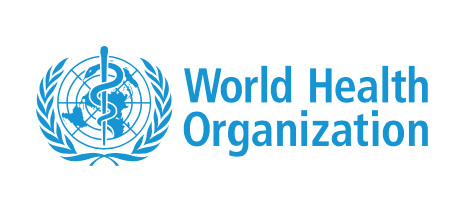The World Health Organization (WHO) released new technical guidance on hearing aid service delivery approaches for low- and middle-income settings.
This document, released in recognition of World Hearing Day, is designed to provide practical guidance to countries in developing hearing aid services in areas that lack human resources for assessing hearing, as well as fitting and maintaining hearing aids, WHO says.
The guidance, developed with support from the ATScale Global Partnership for Assistive Technology, is based on the principle of task sharing among specialists and trained non-specialists. It includes two approaches, one targeting adults and the other for children 5 years and over, and is accompanied by resources with tips for healthy ear care practices, use of hearing aids, and how to support people living with hearing loss.
“Over 400 million people with hearing loss could benefit from using hearing devices. However, less than 20% of these needs are fulfilled,” says WHO Director for the Department for Noncommunicable Diseases Bente Mikkelsen, MD. “Unaddressed hearing loss is a global public health challenge and incurs an estimated cost of over US$ 1 trillion annually. Given the global shortage of ear and hearing care specialists, we have to rethink how we traditionally deliver services.”
Hearing Care Challenges According to WHO
WHO says the first of two key challenges in ear and hearing care is the lack of health system capacity for the provision of integrated ear and hearing care throughout people’s lives, as evidenced by a lack of policies, human resources, and dedicated finances.
The second key challenge relates to misperceptions and stigmatizing mindsets about hearing loss and ear diseases, which are deeply ingrained within societies and often limit the success of efforts to improve hearing care.
“Common myths about hearing loss often prevent people from seeking the services they require, even where these services are available,” says Shelly Chadha, MBBS, MS, PhD, technical lead for ear and hearing care at WHO. “Any effort to improve hearing care provision through health system strengthening must be accompanied by work to raise awareness within societies and address stigma related to ear and hearing care.”
Misperceptions are also prevalent among primary health care providers who may consider this to be a specialized or difficult to provide service, resulting in failure to identify and treat even those conditions that do not need specialist care.
Further reading: WHO Releases New Safe Listening Standard





